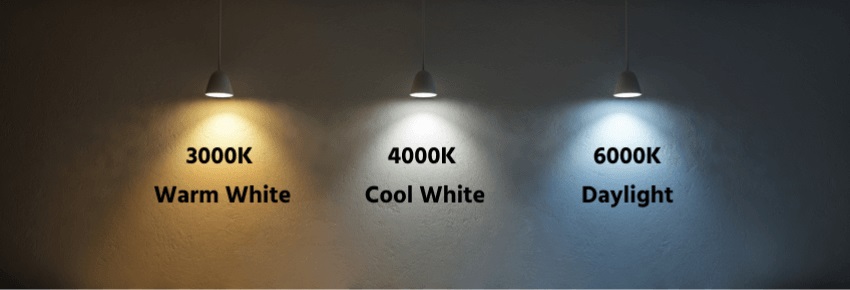To See our full range of LED Tubes please click - here
On the 25th August 2023 all T5 (16mm diameter) and T8 (26mm diameter) fluorescent tubes were phased out under the EU Rohs directive. As a result fluorescent tubes will no longer be manufactured in Europe.
There will still be supplies of tubes for a while as we invested heavily in stock before the ban took place , but once this stock has been exhausted it will be necessary to convert fixtures to LED.
Benefits of LED Tubes over Fluorescent Tubes
LED tubes offer several advantages over fluorescent tubes. They are more energy-efficient, resulting in lower electricity bills. LED tubes also have a significantly longer lifespan, reducing the need for frequent replacements. Additionally, LED tubes produce less heat, which can help reduce strain on cooling systems. Unlike fluorescent tubes, LED tubes do not flicker or hum. Moreover, LED tubes are environmentally friendly as they do not contain mercury.
LED Tube Colours
LED Tubes are available in all the same standard sizes as fluorescent tubes so that you can simply swap the tube over. They are available in warm white, cool white and daylight colour temperatures

Types of LED Tubes
LED Tubes come in two main formats
1) LED tubes that will operate either directly to mains or in conjunction with a switch start circuit ( ballast and canister starter)
2) LED tubes that will operate to mains or in conjunction with high frequency control gear .
Types of Fluorescent fixture
Fluorescent fixtures do not operate directly from the mains, they have a ballast that is a current controlling device and a starter that initiates the discharge between the anode and cathode on a fluorescent tube ( each end of the tube).
Older fluorescent fixtures will have a ballast and starter switch set up whereas more modern fluorescent fixtures will use high frequency control gear, examples being Tridonic PC/Pro, Osram Quicktronic and Philips performer ballasts.
How can I tell if I have a switch start or high frequency fixture?
Before selecting an LED Tube its important that we get this bit right and work out which type of fitting we have.
This is really simple to work out. If the fixture has a canister starter it is a switch start fitting if there is no canister starter it will be a high frequency fitting. Below is an image indicating where you might find and what a canister starter looks like

Got it so now what do I do?
We have tested LED tubes from all the main manufacturers on both High Frequency and switch start control gear to see how they perform.
High Frequency fittings
Our findings are that LED tubes for operation on high frequency ballasts have inconsistent results they work on some but not all ballasts that are on the market. Manufacturers will only guarantee their LED tubes if operated directly from a high frequency ballast that they have approved , these lists are available either on the manufacturers website or directly from their technical department.
We also note that a high frequency ballast consists of many individual components, if any one of these components fails the fitting will fail, so the probability of a component failing in the high frequency unit combined with the probability of a component failing in the driver in the LED tube failing is far greater than if the tube was wired direct to mains.
Switch start fittings that have a cannister starter
LED Tubes that are manufactured for use in a switch start fitting or direct to mains work without any issues. All you need to do is replace the fluorescent starter with the LED starter that is supplied with the LED tube, remove the fluorescent tube by twisting it in the fitting and letting it drop out , then insert the LED tube and you are good to go!
Below is a diagram to show how to retrofit a conventional lamp and starter with an LED tube and cannister

Wiring an LED tube direct to mains
If you have a switch start fitting the LED tube that is supplied will be compatible for operation on both switch start and mains operation. You can do either but clearly the simplest option is to replace the tube and the cannister starter as no rewiring is required.
If you have a high frequency fixture we advise wiring the fitting direct to mains as we have outlined above, this will usually take an electrician 15 minutes per fitting as long as the fixtures are accessible.
Below are direct to mains wiring diagrams for both single and twin fittings.
Single fitting

Twin Fitting

Our conclusion
If you have a switch start fitting , simply replace the lamp as outlined above.
If you have a high frequency fitting wire direct to mains when replacing a fluorescent tube with an LED tube. Our full range of LED tubes are available to buy from our website , please click - here


